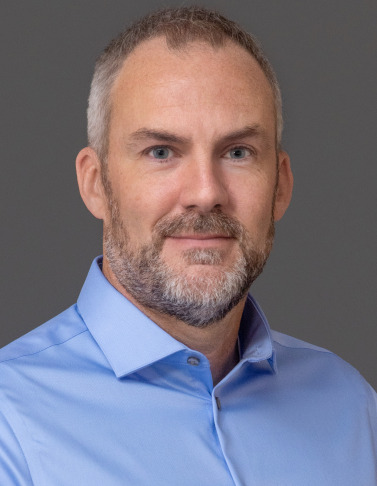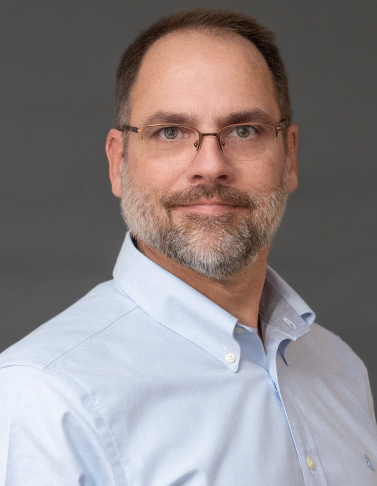September 2016, I blogged about the draft FDA Guidance Facility Definition Under Section 503B of the FD&C act. In May 2018, the draft guiance was approved and published in the Federal Register and is available here.
Industry Questions:
FDA has been asked whether an outsourcing facility can create a separate area within its facility for compounding according to patient specific prescriptions under section 503A, and not follow CGMP requirements in that area.
The Agency has also been asked whether drugs can be compounded according to patient-specific prescriptions in an adjacent area or room, or in a separate suite, but with the same staff and the same materials used in 503B compounding.
FDA Response in the policy section:
All drug products compounded in an outsourcing facility are regulated under section 503B and subject to CGMP requirements. If the outsourcing facility intends to compound patient-specific prescriptions, it may do so within the facility subject to CGMP and consistent with the conditions of section 503B. If the owner or operator wishes to compound patient-specific prescriptions under the different conditions of section 503A, this must be done outside the outsourcing facility, in and by a separate establishment. This statutory condition cannot be avoided by subdividing the rooms of the outsourcing facility with a temporary barrier such as a curtain, or by limiting the compounding of patient-specific prescription compounding within the facility to certain periods of time. All compounding within the outsourcing facility is subject to regulation under section 503B, and CGMP requirements.
How to achieve segregation (Policy section IIIA):
An entity that owns or manages an outsourcing facility may compound drugs under section 503A in a separate establishment located outside the boundaries of the outsourcing facility (a “section 503A establishment”). The section 503A establishment may be located near the outsourcing facility or in the same building, provided the compounding in the outsourcing facility is completely segregated from compounding by the section 503A establishment.
In determining whether a section 503A facility and an outsourcing facility are completely segregated, FDA intends to proceed case by case. Indicia of complete segregation include:
- The outsourcing facility and section 503A establishment do not share any rooms.
- The outsourcing facility and section 503A establishment do not share any fixed equipment or supplies for use in compounding.
- The outsourcing facility and section 503A establishment have separate entrance(s) and exit(s), do not share an internal pass-through opening, and are separated by permanent physical barriers. For example, it should not be necessary to go through the outsourcing facility to reach any part of the section 503A establishment.
Policy III C. describes how the Outsourcing should register the facility, as stated in the guidance document the outsourcing facility should identify any and all suites and buildings that are part of the facility and provides two different examples.
Ultimately – all drugs compounded in a 503B must follow cGMPs. If a facility desires to compound under both 503A and B conditions, this must be done in completely segregated facilities and the two facilities may not share any fixed equipment or supplies.

